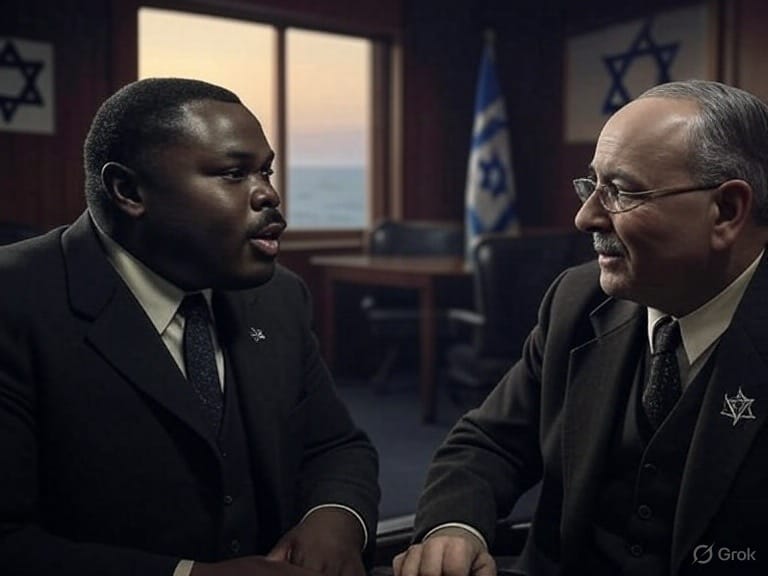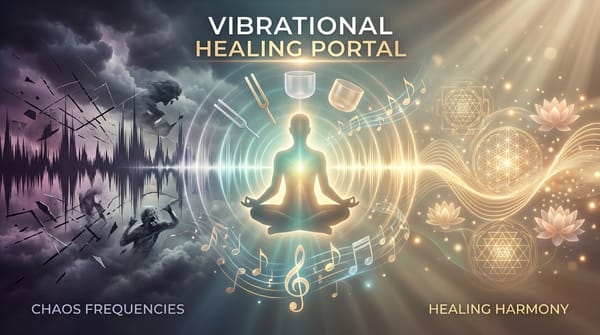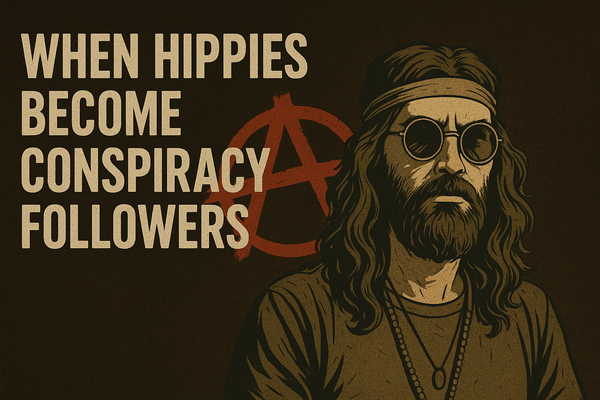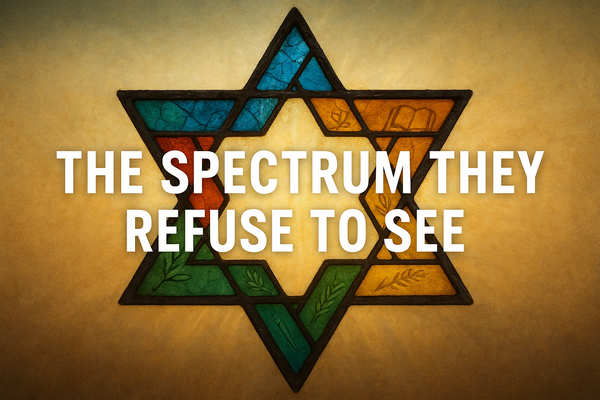Exploring the Unexpected Connections: Marcus Garvey, Zionism, and the Shared Struggle for Liberation

Inspired by a recent post from Azealia Banks on X, where she expressed fascination with Ze'ev Jabotinsky’s writings on Black America and their parallels to Zionist thought, this article delves into an intriguing historical intersection: the ideological similarities between Marcus Garvey’s Black nationalism and the Zionist movement, particularly through the lens of Jabotinsky’s perspectives. While Banks’ enthusiasm sparked this exploration, the focus here is on the broader historical and intellectual currents that connect these two liberation struggles, offering a fresh perspective on their shared aspirations.
The Foundations of Two Movements
Marcus Garvey, a Jamaican-born visionary and founder of the Universal Negro Improvement Association (UNIA), emerged in the early 20th century as a towering figure in Black nationalism. His "Back-to-Africa" movement sought to empower Black Americans by establishing a sovereign homeland in Africa, symbolized by the Black Star Line and his bold self-proclamation as Provisional President of Africa. Meanwhile, Zionism, the Jewish nationalist movement, aimed to create a homeland in Palestine to escape centuries of diaspora persecution. Ze'ev Jabotinsky, a key Revisionist Zionist leader, championed a muscular, self-reliant approach to this goal, articulated in works like "The Iron Wall" (1923).
At first glance, these movements might seem worlds apart—one rooted in the African diaspora, the other in the Jewish experience. Yet, a closer look reveals profound parallels that reflect a universal yearning for dignity, independence, and self-determination.
Parallel Themes of Self-Determination and Homeland
Both Garvey and Jabotinsky saw territorial sovereignty as the cornerstone of liberation. Garvey’s vision of a return to Africa was not just a physical migration but a rejection of the subjugation imposed by white supremacy in the Americas. Similarly, Jabotinsky argued that a Jewish state was essential to protect Jews from European antisemitism, advocating for a strong, defensible homeland. In his 1933 essay "The Negro Problem," Jabotinsky drew explicit parallels, praising Garvey’s Back-to-Africa movement as a model of territorial self-assertion akin to Zionism. This intellectual exchange was further enriched by Jabotinsky’s 1922 meeting with W.E.B. Du Bois, where they discussed strategies for minority empowerment, hinting at a transatlantic dialogue that influenced his views.
Cultural Pride as a Unifying Force
Garvey’s movement was steeped in the reclamation of African heritage, urging Black Americans to shed the inferiority imposed by slavery and embrace their identity with pride. His red, black, and green flag and slogans like "Africa for the Africans" became rallying cries for cultural revival. Jabotinsky, too, sought to resurrect Jewish pride, promoting Hebrew as a living language and rejecting the assimilationist tendencies of diaspora Jews. This shared emphasis on cultural identity as a bulwark against oppression likely resonated with Jabotinsky’s admiration for Garvey, as both leaders saw it as a prerequisite for national survival.
Economic Independence as a Path to Freedom
Economic self-sufficiency was another pillar linking these ideologies. Garvey’s Black Star Line and cooperative businesses aimed to break the economic chains binding Black Americans to white-controlled systems. Jabotinsky echoed this in his push for Jewish labor and industry in Palestine, believing that economic dependency on hostile majorities undermined political freedom. This pragmatic focus on self-reliance underscores a shared belief that liberation required not just political rights but economic power.
Rejecting Assimilation and Embracing Militancy
Both leaders rejected assimilation as a viable solution. Garvey clashed with integrationists like Du Bois, arguing that blending into white society erased Black identity and perpetuated dependency. Jabotinsky, likewise, criticized Jews who sought acceptance in European cultures, advocating instead for a distinct Jewish nation. Their militancy further aligned them: Garvey’s UNIA included the African Legion, a paramilitary group, while Jabotinsky founded the Irgun to defend Jewish interests in Palestine. In "The Negro Problem," Jabotinsky lauded Garvey’s advocacy for self-defense, seeing it as a parallel to his own "Iron Wall" strategy.
Historical Context and Intellectual Exchange
The connection between Garvey and Jabotinsky wasn’t merely theoretical. Jabotinsky’s engagement with Black intellectuals, including his 1922 meeting with Du Bois, suggests a deliberate interest in global minority struggles. While no direct evidence confirms Garvey read Jabotinsky, their shared emphasis on nationalism and resistance created a conceptual overlap. Recent scholarship, such as Brian Horowitz’s 2015 analysis in Vladimir Jabotinsky’s Story of My Life, highlights Jabotinsky’s broad perspective, though the relationship remains underexplored in peer-reviewed studies (e.g., Journal of African American History, 2020).
Reflections for Today
These parallels offer more than historical curiosity—they invite reflection on contemporary struggles for justice. The emphasis on self-determination, cultural pride, and economic independence resonates with modern movements advocating for marginalized communities worldwide. While the specific contexts of Garvey’s and Jabotinsky’s visions differ—Africa versus Palestine—their core message of empowerment through unity and resilience remains relevant.
As we ponder these connections, inspired by Azealia Banks’ curiosity about Jabotinsky’s insights, we’re reminded that liberation narratives often transcend borders. Whether through Garvey’s Pan-Africanism or Jabotinsky’s Revisionist Zionism, the quest for dignity and sovereignty unites diverse peoples in a shared human story.
Further Reading
- Jabotinsky, V. (1933). "The Negro Problem."
- Horowitz, B. (2015). Vladimir Jabotinsky’s Story of My Life.
- Garvey, M. (1923). Philosophy and Opinions of Marcus Garvey.
What do you think—do these historical parallels shed new light on today’s global justice movements? Share your thoughts in the comments!





